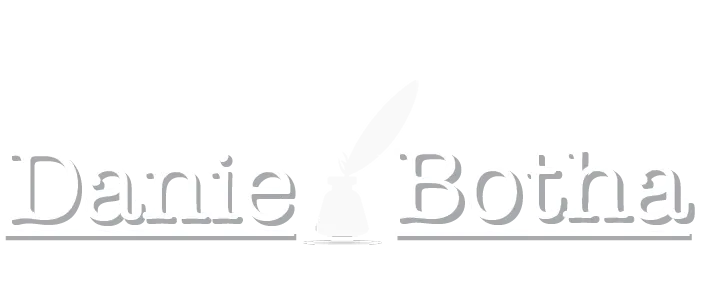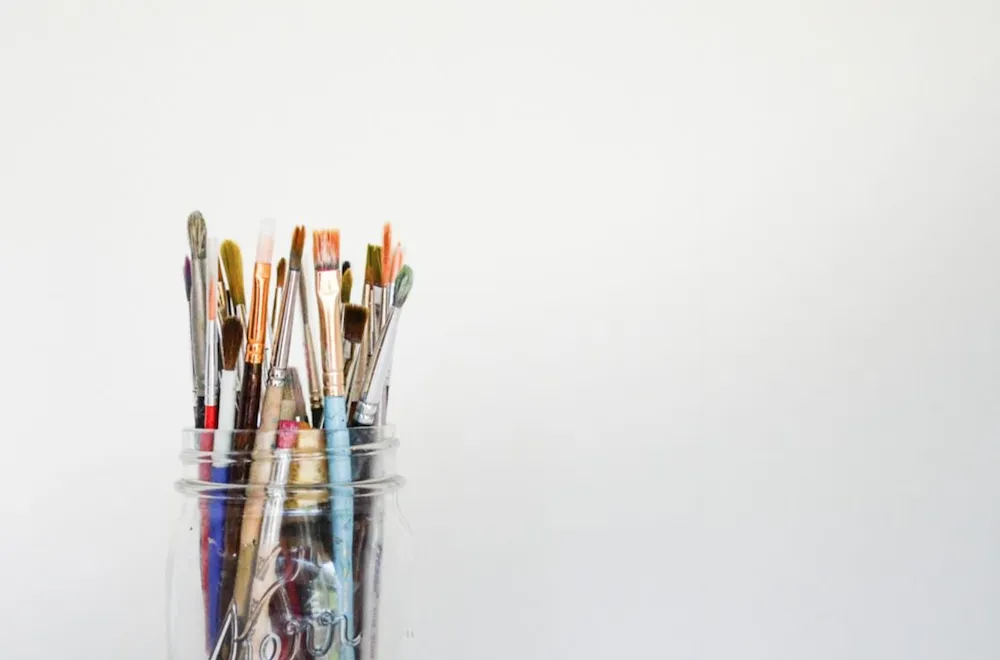Expressive art, like expressive writing, can help heal emotional wounds – Part I
Therapeutic art is a thing.
Art can help us heal. Doing creative art is telling our stories in a non-verbal way and has the unique power to help restore us. We all have stories. Many of us struggle to get our stories out and get it heard.
Here’s the thing: emotional trauma can happen to any one of us, at any given time. Pain and hurt and trauma don’t only happen to the meek and the weak. No one is immune. It is seldom planned—and yet, when left untreated and unresolved, often leads to physical and psychological symptoms and poor health. Coping with these emotional wounds can be overwhelming: it can constrict the soul. (Think of soldiers and veterans returning from overseas missions or survivors of abuse.)
There are no quick fixes, but there is help. Art therapy, (often under-appreciated), is a clinical modality with medically proven benefits.
Gone are the days that medicine is seen only as the stuff you buy at the drugstore, prescribed by your doctor, be it in pill, syrup, or injectable form. Or, that medicine is undergoing an operation or non-invasive procedure to fix a condition or when you go for psychotherapy to heal mental ailments. All of the latter applies, but there is more to the story.
In recent years we have also learned, exercise is medicine since it can heal most chronic lifestyle diseases. Exercise reverses chronic lifestyle diseases, add years to life, and most importantly, improves quality of life, especially as we age. It remains appropriate for any age, even when turning a hundred!
Expressive writing, also called therapeutic writing, also has the ability to help heal emotional wounds. It is possible to write yourself healthier.
The same is true of art—it has healing properties. Art can be medicine. Art is a non-verbal way of telling stories. In a non-intimidating way, art therapy can help people decrease and manage emotional suffering. Looking at visual art (paintings, drawings, and sculptures), listening to music, and attending plays and theatrical performances have proven health benefits. But participating in those art forms, doing the actual art, (e.g. painting with a brush, playing with clay and sculpting an object or playing the musical instrument) have even greater health and personal benefits.
Art as healing, or art as therapy, is more than doodling and drawing some lines on paper or splashing paint on canvas. It is that too. We’re talking about visual art: painting, drawing, and sculpting.
According to the American Art Therapy Association, Art Therapy uses the creative process of art making to improve and enhance the physical, mental and emotional well-being of individuals of all ages. It is based on the belief that the creative process involved in artistic self-expression helps people to resolve conflicts and problems, develop interpersonal skills, manage behavior, reduce stress, increase self-esteem and self-awareness, and achieve insight.
It is more than merely making art. It is a clinical field, falling under healthcare and mental health. It is part of creative art therapies.
Creative art therapies:
- Movement & dance therapy
- Music therapy
- Writing as healing
- Drama & theatre therapy
- Art therapy
Art as Therapy is different from Art Psychotherapy. Art as therapy is informal—similar to an open studio. The instructor will guide the student to create something esthetically acceptable. The aim is to have a finished piece. Art Psychotherapy involves making art and combining it with a verbal process, focusing on the client’s interpretation of the process, the insight, and healing taking place. Here, the process and the insight gained matters more than the end product.
This is how it works: creating art automatically diminishes our defenses, the emotional barriers we put up. It allows us to open up, opening our subconscious mind and put it on the paper. The piece of paper with the art is the unconscious, made conscious. Art therapy does not merely belong in art schools but is used in clinical settings, hospitals, retirement homes, and in schools. It is quite effective in the treatment of PTSD, for example, soldiers returning from battlefields or trauma inducing service.
By acting out their fears and insecurities in a non-verbal way (creating visual art), can be a safe and effective way to start the process of healing. Initially, expressing it verbally can be problematic. Doing art, making art, you don’t need to talk. Art breaks down your defenses. It opens the door. Then, when you’re ready, the talking and gradual healing can begin.
Rather, it is the presence of physical, emotional, spiritual and social well-being. (WHO definition.) Evidence abounds that engagement in artistic activities, either as an observer of the creative efforts of others, or as the initiator of own creative activities, enhance moods, emotions, psychological states, reduces stress, pain, and improves sleep. The art programs in clinical settings, not only benefits the participants (patients) but improved communication with staff and increased empathy takes place—it changes perceptions among healthcare professionals.
It will serve us (individuals, governments & healthcare professionals) well to acknowledge the importance of whole-person approaches in creating and sustaining health, including modalities such as artistic creation and engagement, writing as healing, exercise, and healthful eating as effective ways of healing, benefitting society as a whole.
Art therapy can be tailored to individual situations and needs. No previous training, skills, or expertise in visual arts is required.
How does Art Therapy work?
- Allows the person to express emotions non-verbally (pain, anger, sadness, grief)
- It is a safe (a non-threatening place) to start
- It diminishes psychological defenses
- Brings the subconscious forwards, opens the door to eventually start with the verbal processing
- It builds skills & self-esteem
- It promotes self-awareness
- It brings insight and helps with healing
10 Simple (but powerful) ways to start with your own Art Therapy:
- Draw or paint your emotions. Let it all out! Put on paper, or canvas, the hurt, anger, fear or pain you experience.
- Make a meditative painting. No previous skills required. Doodle or make it a more formal piece of art. Relax. Focus on your breathing. Then draw or paint what comes to mind.
- Start with an art journal. No words. Do some art (painting/drawing/sculpting) every day. Put the pieces together as a journal. Look at your progress. See if you can do a THIRTY DAY challenge.
- Create line art. Use simple drawing, simple lines to let the emotions out. It’s a form of focused doodling.
- Create a message and attach to a balloon. Paint or create a card or message with either all your negative (how about positive) emotions. Attach to a balloon and send it into the wide world.
- Paint to music. Choose your music and let loose! Let your creativity flow. It can be an excellent way to relax.
- Finger paint. (Hmm … acrylic may work best.) The physical, tactile, even sensual aspects of getting your fingers covered in paint are invaluable. Explore. See where it leads you.
- Closed-eyes drawing. A form of stream of consciousness drawing. Close your eyes and go. See what comes up. Repeat.
- Draw all the positive things in your life. If you struggle, think deeper. There are things to be grateful for. Draw or paint them. Don’t aim for perfection.
- Draw something HUGE. (If you have a lot of paper. If you live on the coast, the beach is perfect for this project.) Move your body around—it can help you unleash emotions.
Art is not only beautiful to behold; it can be so much more; it can be medicine. Art that heals is not only for “gifted” artists. No skills are required to start and reap benefits. It is a valuable item to add to our toolkit and enrich our and others’ lives.
Call to Action:
Choose THREE ways in my list of ten and try them out. Let free those emotions. Experiment. Be ingenious—see what works best! Then, share it with your friends!
(Disclaimer: Unlike medications (even over-the-counter ones) that can harm and even kill, especially when used incorrectly, art won’t harm us, unless we drink the paint. So go paint!)
References:
- Can art be medicine? Watch video here.
- Art therapy – TED talk: Carol Hammal – 2015
- The Connection between Art, Healing, and Public Health. Heather L. Stuckey. Am J Public Health. 2010; 100 (2), 254-263
- Healthcare professionals’ perceptions of the value and impact of the arts in healthcare settings. Ceri Wilson. J Nursing Studies. Vol 56, 2016, 90-101.
- Art and Healing: How Art Therapy can help heal emotional trauma. Lisa La Rosa. Nov 26, 2014. Theravive.
- Shelley Klammer. Expressive Art Inspirations. 100 Art Therapy Exercises.
- Mike Brennan. Doing your art.
© 2018 DanieBotha.com. All rights reserved.
Image by Debbie Hudson on Unsplash.com


